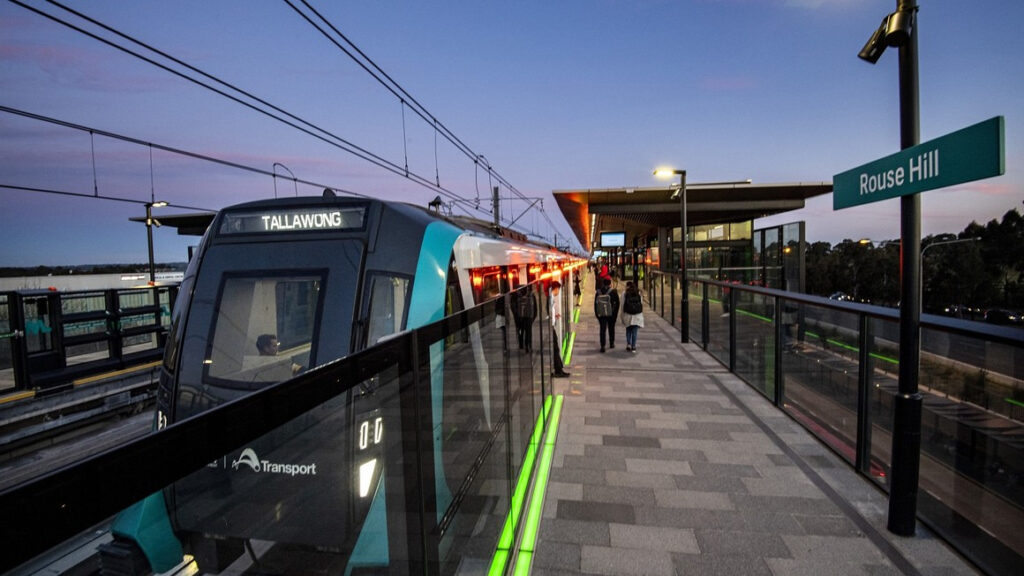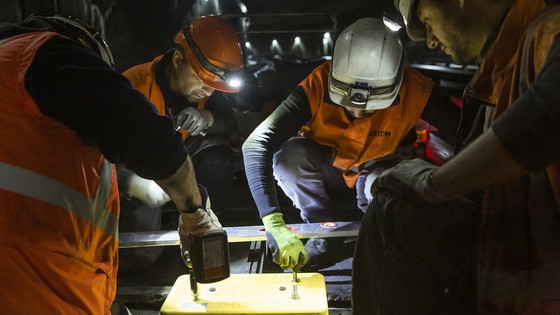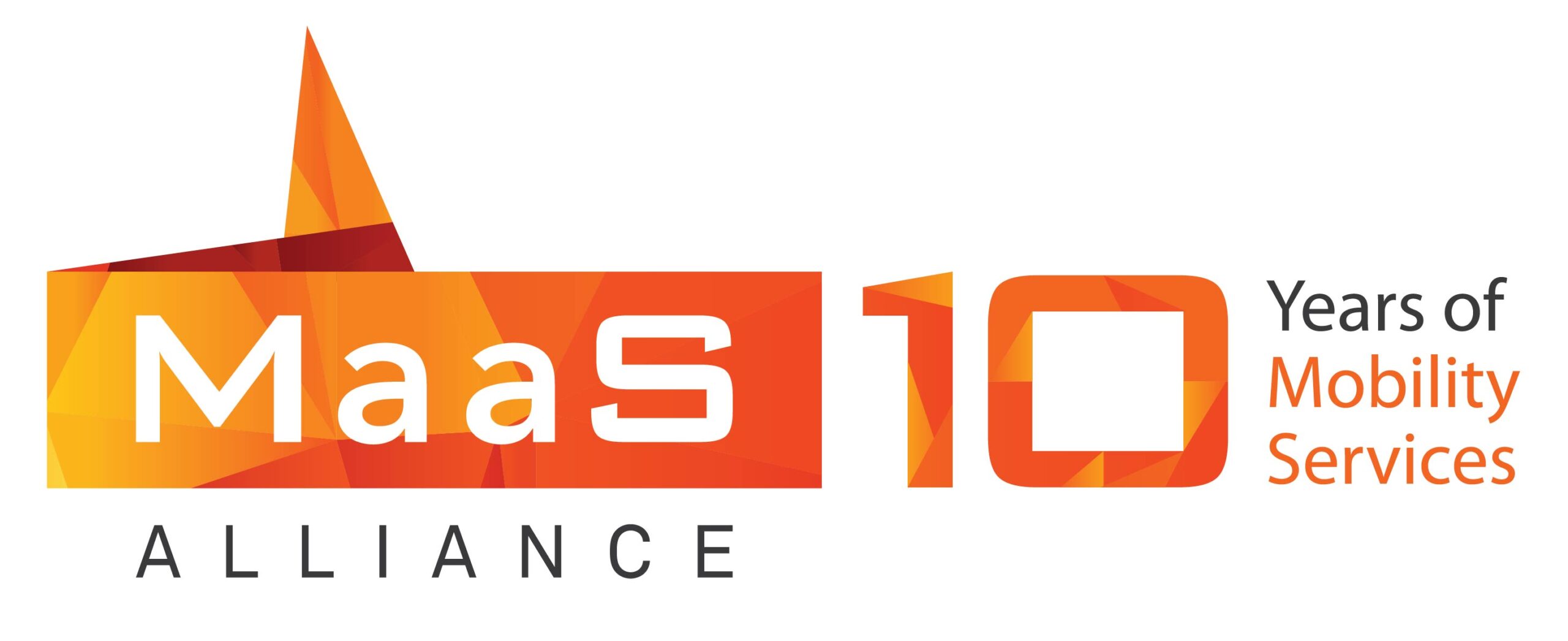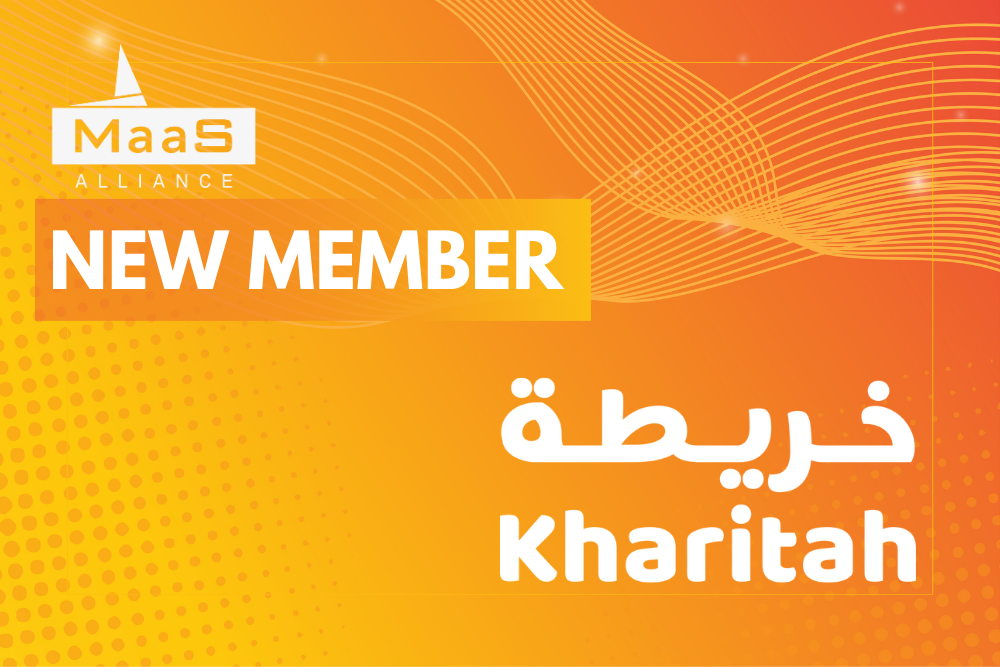
What technologies are required for a train to operate automatically? There are several intelligent systems that enable a metro to operate without a driver. Sensors and components on the metro communicate with digital objects on the ground like balises as they pass them by. As the metro travels along its route, these systems communicate back and forth with each other continually to ensure that everything is going smoothly.
How does a metro know where to go?
The movement of driverless metros like Sydney is managed by a central command centre according to the metro’s departure schedule. This control centre is digitally connected to the metro line’s trackside
interlocking system (one of the intelligent objects along tracks) and asks it to open a path for the metro.
The interlocking system then checks to confirm that this particular route has not already been assigned to another vehicle, and then sets all the switch points along that path to create the route. Once everything is confirmed, the system sends a signal telling the metro that it is free to safely travel along the path that has been outlined.
Once the trip has been initiated, the intelligent system onboard the metro then enables it to move around the entire network, telling it when to move forward, accelerate or brake without a driver.

How does the metro know how fast to go?
Among the intelligent objects arrayed on the ground, there are beacons positioned along the tracks that enable the driverless metro to independently identify its location within the network. Since the metro already knows where it is and where it is going, it also knows the curves and slopes and can determine for itself how fast it should travel and at what point it needs to brake to arrive at the right spot on the platform. Since there is no driver, it’s the control centre that tells the metro whether or not it might need to accelerate a bit more or less to arrive at its destination at the exact time.
How does the metro know if there is another metro in front of it?
All automated and driverless metros are geolocated in real-time thanks to the beacons positioned along the tracks. The position of the metro is then sent to the intelligent system on the ground, which shares this information with the other metros so that they all know where each other is. But that’s not all, every metro also indicates its position to the control centre, so that operators can see where all the metros are at any given moment and can orchestrate traffic along the entire line from their comfortable chairs.
Driverless metro operations are orchestrated from a central command centre using technologies like our Fluence/Urbalis moving block system.
Learn more here.
Source: Alstom



